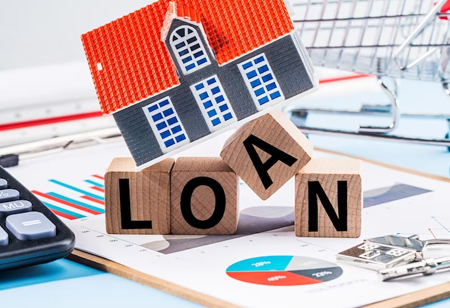What You Should Know About Short-Term Loans: Benefits and Drawbacks
By Peter, Content Writer
 Short-term loans, also known as payday loans, are a popular option for people who need quick access to cash. These loans typically have a repayment period of two weeks to one month and are designed to be repaid with the borrower’s next pay check. While Payday Loans can provide a quick and easy solution for those in need of cash, they also come with some drawbacks that borrowers should be aware of. Below, we’ll take a closer look at the benefits and drawbacks of short-term loans to help you make an informed decision.
Short-term loans, also known as payday loans, are a popular option for people who need quick access to cash. These loans typically have a repayment period of two weeks to one month and are designed to be repaid with the borrower’s next pay check. While Payday Loans can provide a quick and easy solution for those in need of cash, they also come with some drawbacks that borrowers should be aware of. Below, we’ll take a closer look at the benefits and drawbacks of short-term loans to help you make an informed decision.
Benefits of Short-Term Loans
One of the main benefits of short-term loans is their accessibility. These loans are typically easier to obtain than traditional loans, as they require minimal paperwork and often do not require a credit check. This means that borrowers with poor credit or no credit history may still be able to qualify for a short-term loan.
Another benefit of short-term loans is their speed. These loans are designed to provide quick access to cash, with some lenders offering same-day funding. This can be particularly helpful in emergencies, such as unexpected car repairs or medical expenses. Finally, short-term loans can be a good option for those who need to borrow a small amount of money. These loans typically have lower borrowing limits than traditional loans, which can make them a more affordable option for those who only need to borrow a small amount of cash.
Drawbacks of Short-Term Loans
While short-term loans can be a useful tool for those in need of quick cash, they also come with some drawbacks that borrowers should be aware of. One of the main drawbacks of short-term loans is their high-interest rates. Because these loans are designed to be repaid quickly, lenders often charge high-interest rates to compensate for the short repayment period. This can result in borrowers paying significantly more in interest than they would with a traditional loan.
Another drawback of short-term loans is their short repayment period. While the short repayment period can be beneficial for those who need to borrow money quickly, it can also be a challenge for those who are unable to repay the loan on time. Late or missed payments can result in additional fees and interest charges, which can make the loan even more expensive.
Finally, short-term loans can be a risky option for those who are already struggling financially. Because these loans are designed to be repaid with the borrower’s next pay check, they can create a cycle of debt for those who are unable to repay the loan on time. This can lead to a cycle of borrowing and repayment that can be difficult to break.
Tips for Borrowing Responsibly
If you are considering a short-term loan, there are several steps you can take to ensure that you are borrowing responsibly. First, be sure to only borrow what you need. Short-term loans can be expensive, so it’s important to borrow only the amount that you need to cover your expenses.
Next, be sure to read the loan agreement carefully before signing. Make sure you understand the terms of the loan, including the repayment period, interest rates, and any fees or penalties that may apply. Finally, be sure to have a plan for repaying the loan on time. Consider how you will repay the loan with your next pay check, and make sure you have enough money set aside to cover the repayment.
Short-term loans can be a useful tool for those in need of quick cash. They are accessible, fast, and can be a good option for those who only need to borrow a small amount of money. However, they also come with some drawbacks, including high-interest rates and a short repayment period. If you are considering a short-term loan, be sure to borrow responsibly and have a plan for repaying the loan on time.




